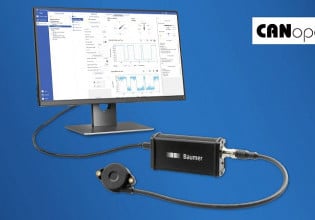M
i have been observed physically during ratchet operation that ratchet teeth are engaged and 33 cs limit switch signal goes to logic 1 but the turbine shaft not rotated. anyway, i started the unit in this condition and after firing at speed almost 35%, i observed that clutch disengaged and starting motor has tripped accordingly.
same conditions occurred in the second start but clutch disengaged at different speed.
same conditions occurred in the second start but clutch disengaged at different speed.






